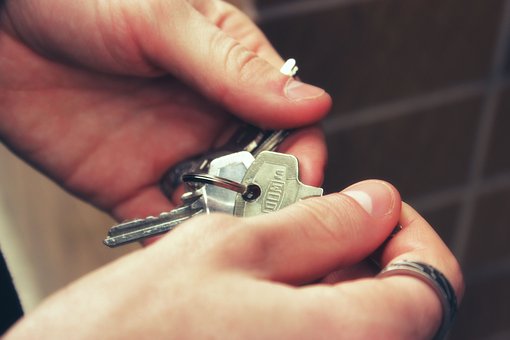UK banks withdraw 1% mortgage deals in wake of interest rate increase
UK banks have withdrawn mortgages charging below 1% interest have after banks increased their lending costs in the wake of last week’s rate rise.

According to Moneyfacts, the last sub-1% fixed rate deals ended this month after a drastic decline since last October when there were 130 deals on the market.
The current cheapest two-year fixed rate now costs 1.39%, meaning a borrower will pay £800 more in interest per year on a £200,000 mortgage compared with a 0.99% rate.
Katie Brain, of the analyst Defaqto, said: “I can’t imagine lenders will be introducing deals with rates that low again for a good while.
“If borrowers aren’t at the best rate they can possibly get, they need to consider why. Because rates are only going to go up from here.”
Mortgages with interest rates below 1% returned to the market during the pandemic as lenders fought to attract buyers during the housing boom, the Daily Telegraph reports.
The rate war reached its peak in September when the Co-operative Bank launched a two-year fixed-rate deal at 0.79%, the lowest of its kind on record.
However, the resurgence of sub-1% deals did not last long as banks began increasing prices in October ahead of an anticipated interest rate rise by the Bank of England.
The BoE is expected to increase rates even further as a measure to deal with inflation, which it said could peak at 7.25%.
Average mortgage rates are expected to rise from about 1.5% to almost 2.5% b Christmas. Last month, Lloyds Bank launched a decade-long loan with an interest rate of 1.66%
Mortgage brokers said this was the cheapest on record, beating the previous market-leading rate of 1.74%from TSB. Lloyds’ previous lowest rate was 1.99%. Two- and five-year loans have traditionally been the most popular options for homeowners, but borrowers have turned to longer fixed rates in an effort to control their monthly outgoings.








